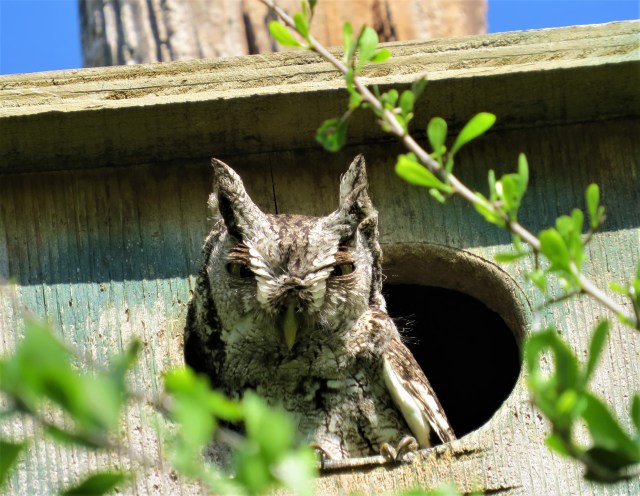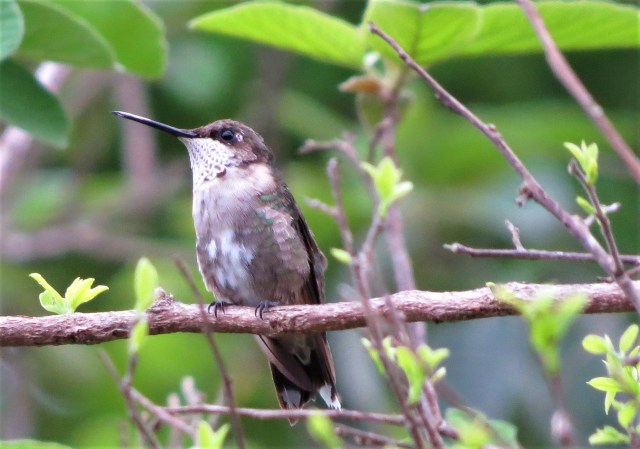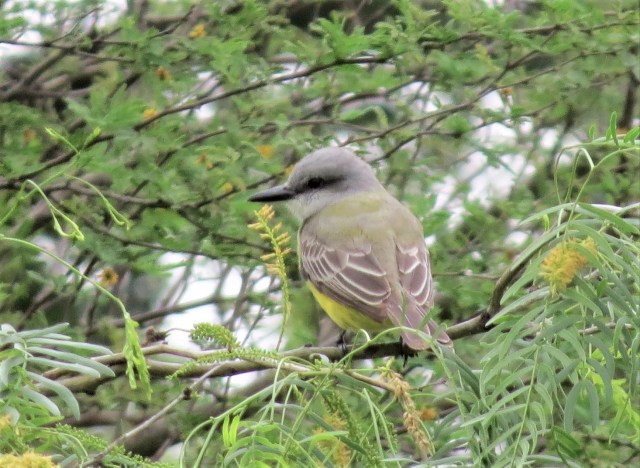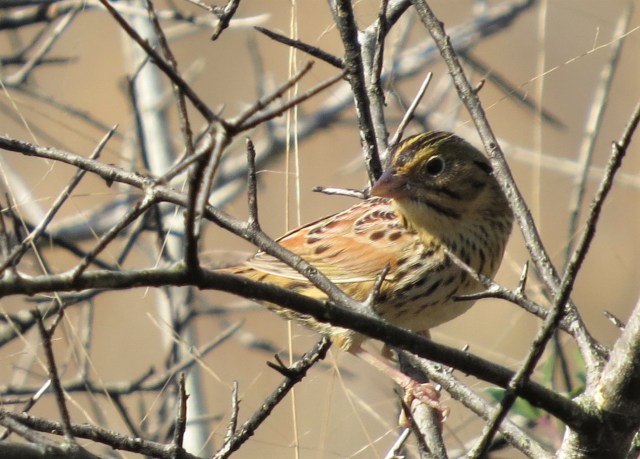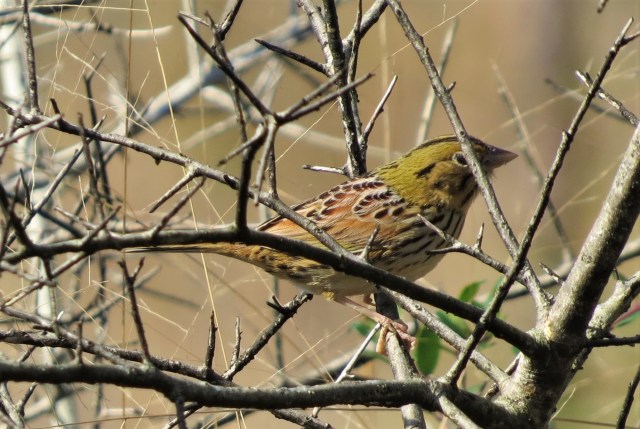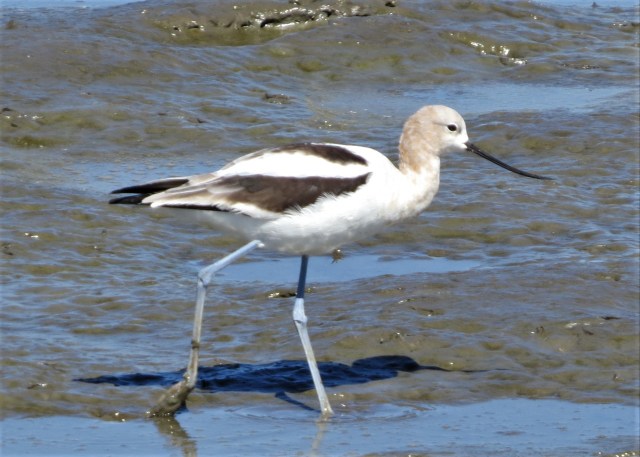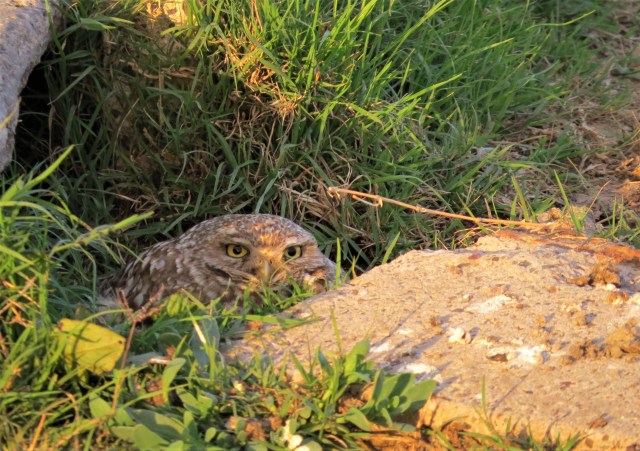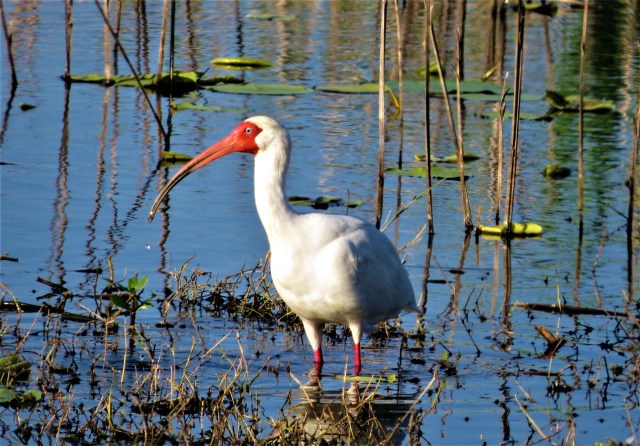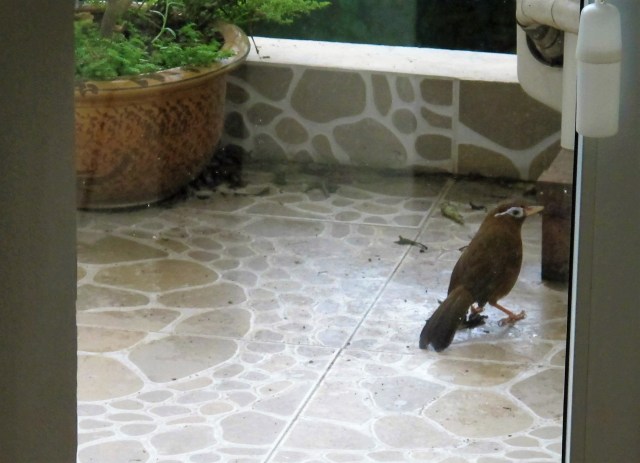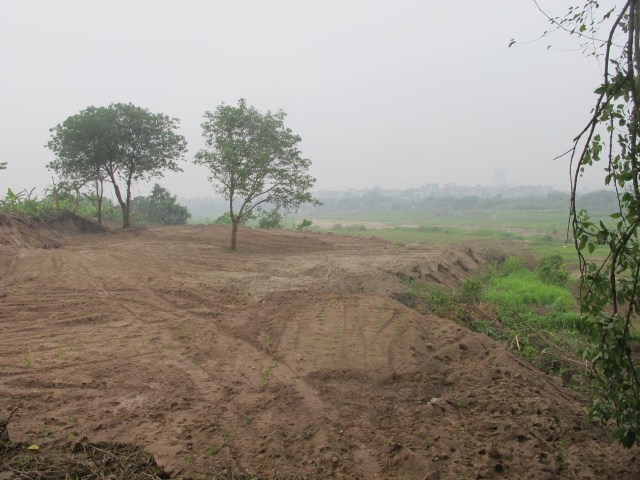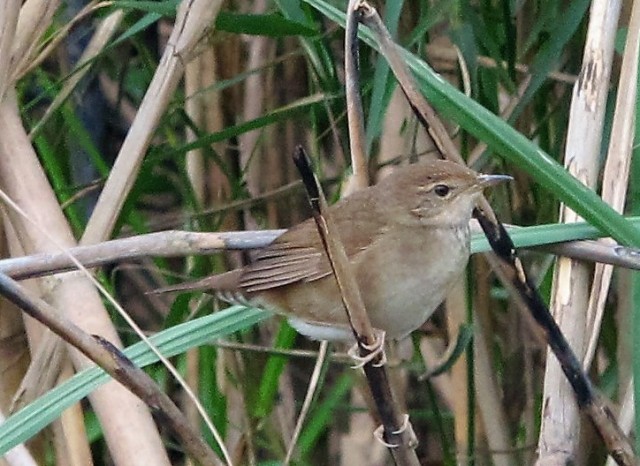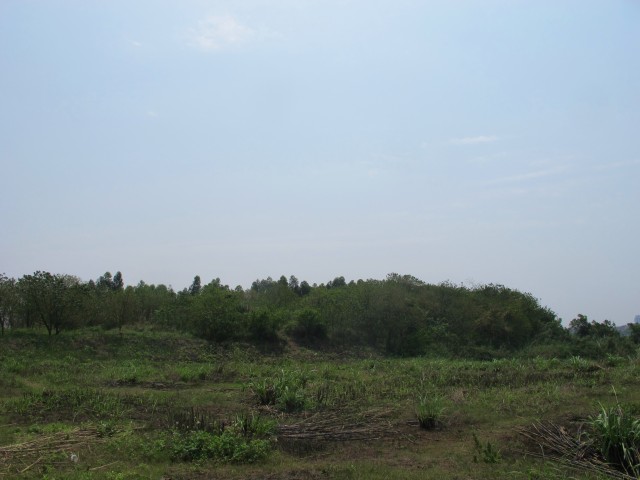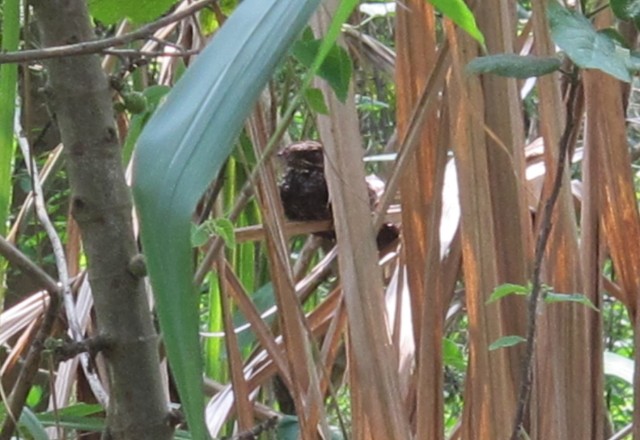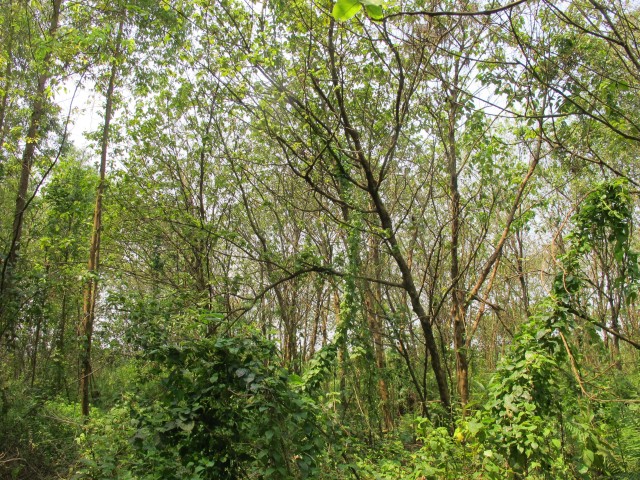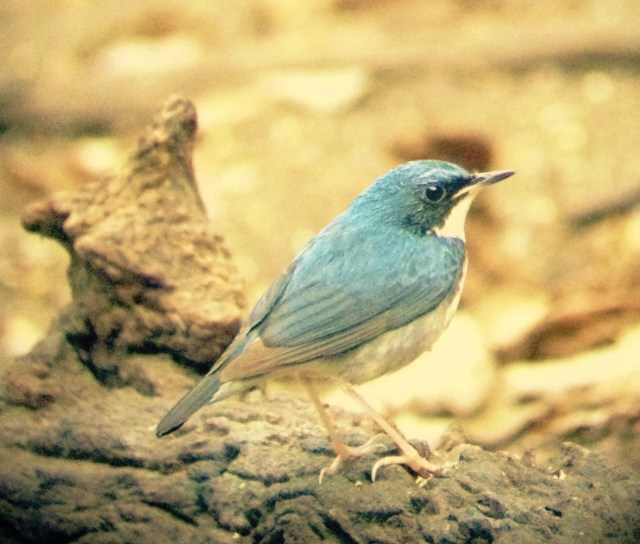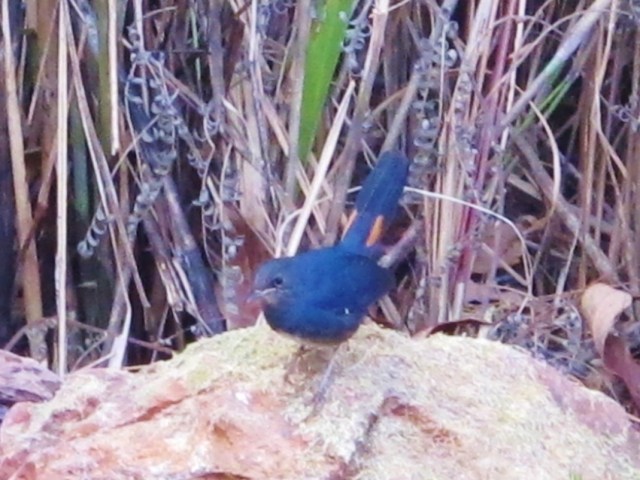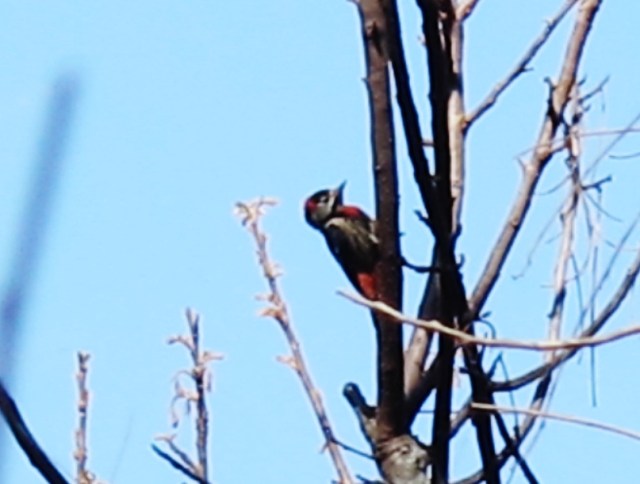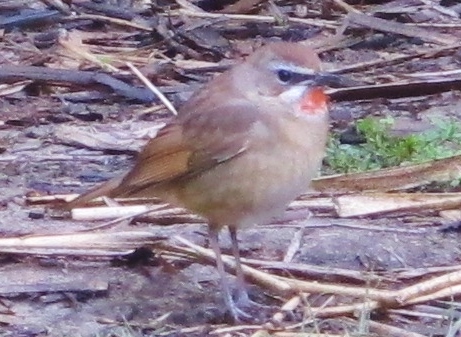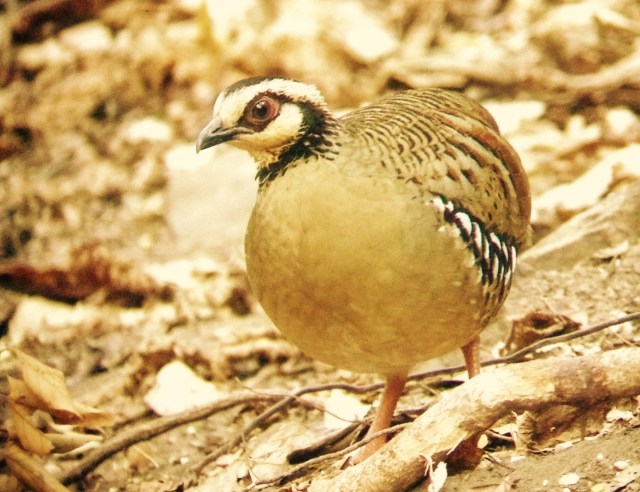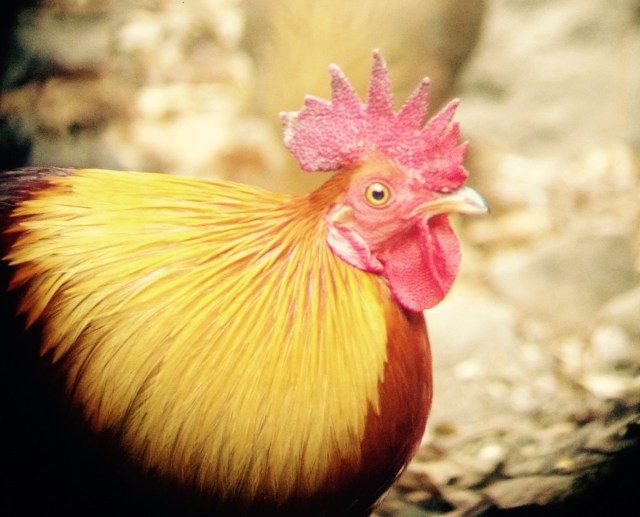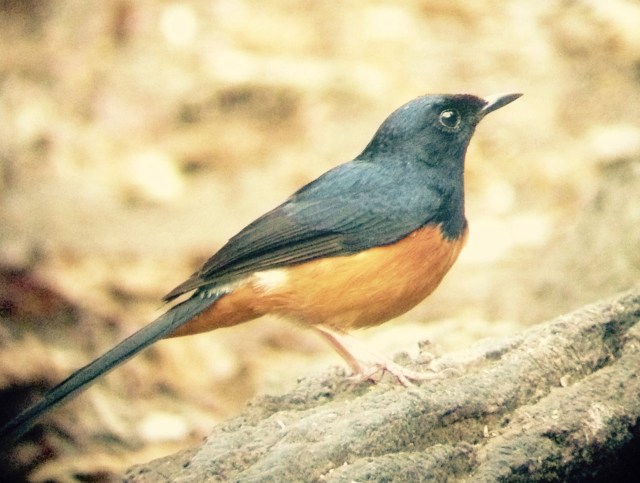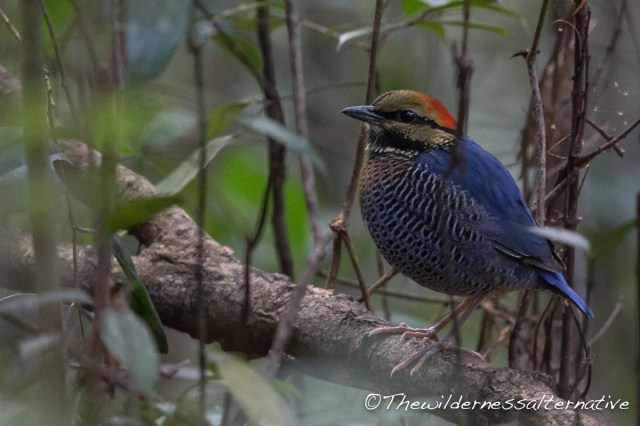
With five days to play with at the end of May, and migration in this part of the world almost completely finished for the season, I decided an excellent course of action would be to make the long trip out to West Texas for the first time. This is no small undertaking, as distances in Texas are vast – from Houston to Big Bend National Park doesn’t look like much on a map, but in fact amounts to 630 miles, or about 10 hours of driving. For European birders, this is the equivalent of driving from Plymouth to Inverness, or from Paris to Barcelona.

A rental car is a sensible option for this kind of journey, and as luck would have it, I got a free upgrade at the rental office from my pre-booked economy car to a small SUV. Seeing as my plan was to sleep in the car for the four nights of the trip, this was welcome news indeed.

I hit the road west at 5.00am on Saturday morning, with my first major stop after about 300 miles being the South Llano State Park. This is an excellently managed small reserve, with several bird blinds from which many interesting species can be seen – including the main specialty of the site, the range-restricted, endangered Black-capped Vireo. After just a five-minute wait at the first bird blind, an immaculately-plumaged Black-capped Vireo came down for a drink and I was able to fire off a few record shots – although the focus was not quite as sharp as I would have liked.

Other birds seen at close quarters from the blind included Yellow-breasted Chat, Painted Bunting, and Black-throated, Field, and Lark Sparrows.


It was early afternoon by the time I reached the Fort Lancaster Overlook, which Sheridan Coffey had informed me was a good spot for Gray Vireo. Unfortunately it was the exact wrong time of day to find one – it was extremely hot and quite breezy up there at the top of the canyon, with very little bird activity – but the stop proved well worthwhile with several Zone-tailed Hawks gliding overhead. Zone-tailed Hawk closely resembles the abundant Turkey Vulture, but can readily be distinguished by the broad white band on the tail. They are uncommon in Texas and in fact often associate with Turkey Vultures – it is possible they evolved to resemble the relatively harmless vultures as a way of getting closer to their prey.

Further west, the landscape becomes increasingly more barren and rugged. I left the interstate highway behind and took a more scenic and remote route to Marathon via Dryden and Sanderson. At one point, I drove for 60 miles without seeing another car nor any sign of human incursion on the land – apart from the endless smooth asphalt, of course. It pays to keep the gas tank topped up out here, and I was careful to not let it drop below half full. Alongside the road, some typical western species started to appear more regularly, birds such as Greater Roadrunner and Say’s Phoebe. Just outside Marathon I had my first Cassin’s Kingbird and Scaled Quails of the trip.
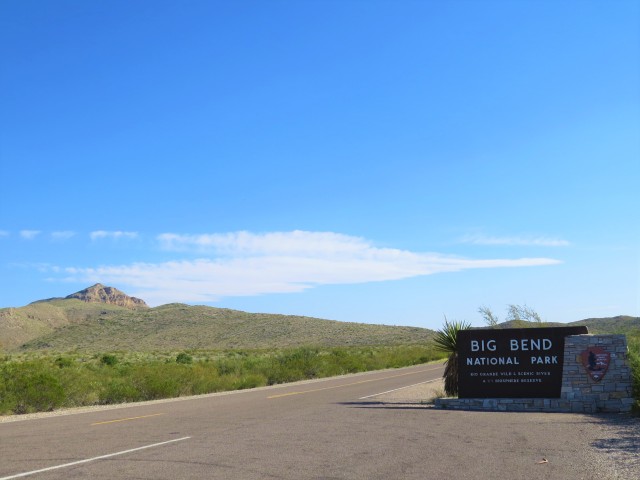
I didn’t have a definite plan for Big Bend National Park, but it was extremely hot in the late afternoon, and I decided that my best prospect for a good night’s sleep in the car would be at higher altitudes where the air would hopefully be cooler. The Chisos Basin is simply an amazing place, a bowl of oak forest and green meadows at over 6,000 feet protected by tall mountains and crags. It is the only US location for Colima Warbler, and also supports a big range of other birds plus bears and mountain lions. It is also very popular with hikers – and busy on this Memorial Day weekend – so I decided a very early start would be needed the next day in order to hike up to Colima Warbler habitat before the passing foot traffic got too heavy.
Before nightfall, I spent an hour wandering around the lodges area, and enjoyed some colorful and charismatic birds including Varied Bunting, Cactus Wren, Scott’s Oriole, and Acorn Woodpecker.

After a surprisingly good night’s sleep in the back of my rented Jeep Compass, I was on the Pinnacles Trail by 6.45am for a steady climb up the mountain. While there were definitely birds of interest from time to time along the route, they were not abundant and species variety was lower than I had been expecting. Nonetheless, some easy lifers presented themselves: White-throated Swift, Mexican Jay, and Black-headed Grosbeak. Once into the correct oak habitat for Colima Warbler, especially along Boot Canyon Trail and the aptly-named Colima Trail, they proved to be fairly common, and one particular singing bird allowed a close approach:

Other interesting birds seen during my 10-mile hike included Hepatic Tanager, Western Wood-Pewee, and a Willow Flycatcher, while Mexican Jays and Blue-gray Gnatcatchers were simply abundant, although bird activity declined sharply once the heat started to build in the late morning.
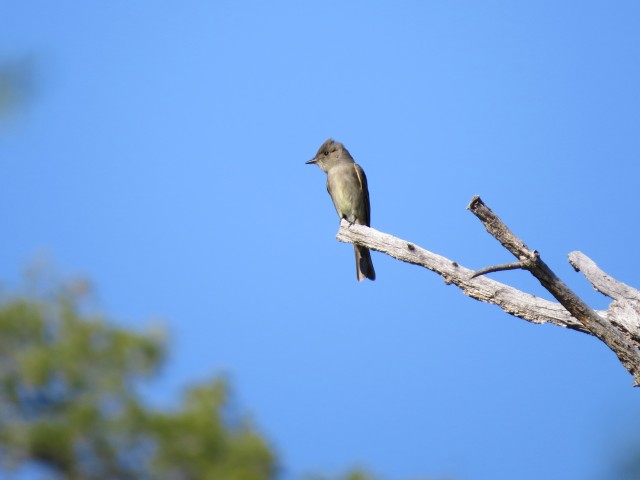
I went for a drive in the afternoon down as far as the Mexican border at Rio Grande Village, with the best bird a Common Black Hawk, which I would have driven right past had it not been for the sign telling me it was there:

Sheridan had told me of another excellent site, the water treatment plant below the Chisos Basin campsite, which was a good bet for the special hummingbirds of the region. It soon became obvious why: the outfall from the plant created a small stream that not only provided a constant source of running water in this dry area, but also allowed for the proliferation of some hummingbird-friendly vegetation.
However, hummingbirds were far from abundant even at this favored location – I saw just three individuals, but fortunately they constituted one of each of my target species: Broad-tailed, Lucifer, and the splendid Blue-throated Hummingbird:
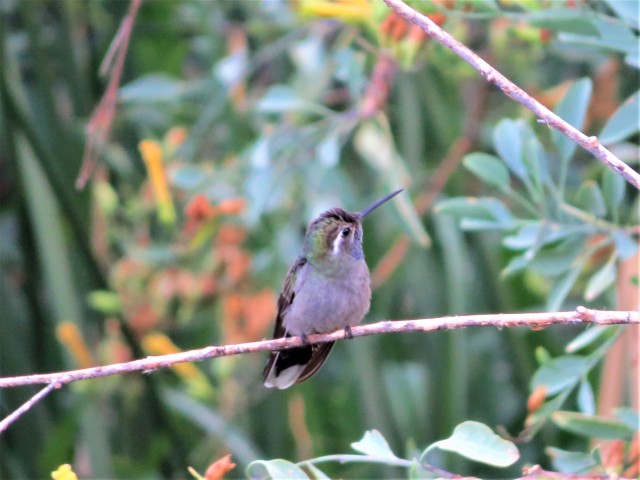
Among the other birds taking advantage of the stream were a late migrant MacGillivray’s Warbler and several Indigo Buntings, which might have been slightly out of their normal range as they were flagged in eBird:

It was hard to drag myself away from this bird-filled spot but I had a key target to look for – Lucy’s Warbler – at the Cottonwood Campsite in Castolon, which is still within Big Bend NP but some 40 road miles from the Chisos Basin. Unfortunately I left it a bit late, and didn’t arrive at the campsite until late morning, by which time the Lucy’s Warblers weren’t singing and proved impossible to locate in windy conditions in the tall cottonwood trees.
There were lots of other birds to see here, however, including numerous Vermilion Flycatchers, Brown-crested Flycatcher, Black Phoebe, and a tricky oriole which I decided in the end was a young male Orchard Oriole and not the hoped-for Hooded Oriole.

With the heat of the day fast approaching, I had to choose whether to wait it out and have another crack at Lucy’s Warbler in the late afternoon or early the next day, or use the “dead time” to drive somewhere else. With a number of new birds available in the Davis Mountains, 2.5 hours to the north, the decision was an easy one. Along the route, some interesting birds were spotted including Chihuahuan Raven and Burrowing Owl, and several attractive picnic areas that were dripping with birds including a very late migrant Yellow-rumped (Audubon’s) Warbler. This distinctive and beautiful bird looks highly likely to be re-split from the (in my opinion) rather more prosaic-looking eastern Yellow-rumped (Myrtle) Warbler later this year.
The weather looked iffy higher in the mountains when I arrived at the tiny and cell-phone reception-free town of Fort Davis, prompting me to make what turned out to be an excellent spur-of-the-moment decision to stay in the lowlands and continue north to Lake Balmorhea. I knew Clark’s Grebe could be seen here, but I was surprised to also find Western Grebe, as the range map in the field guide shows them as being present at this site only in winter:
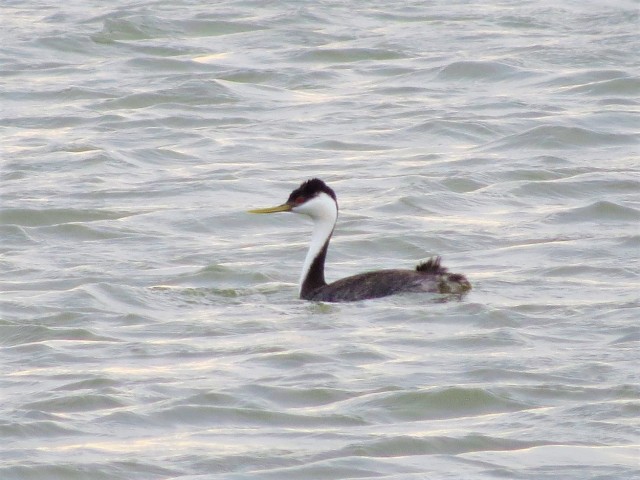
I also lucked out with a Phainopepla, an enigmatic and sought-after West Texas bird which I wasn’t expecting to see here, and a handsome male Bullock’s Oriole right next to the road.

The Davis Mountains State Park provided an excellent night halt and I even sneaked in to the camping area to use the showers, which was much-needed as my only “shower” in the last three days had been a late afternoon bathe in the Rio Grande. The next morning I started out at the Lawrence Wood picnic area, one of the few areas where some of the high-altitude forest habitat of the Davis Mountains can be accessed.
It was surprisingly cold here at 6.45am, with temperatures of around 48 degrees F (9 degrees C), but bird activity was high and I saw several species here that are hard to see elsewhere in Texas: White-breasted Nuthatch, Plumbeous Vireo, Gray Flycatcher, and Western Bluebird. I happened to locate the nests of both Plumbeous Vireo and Western Bluebird, the former incubating eggs and the latter feeding young at a tree hole nesting site.
The rest of the day turned out a little less successfully, as I couldn’t find a way to get close to any other areas of good habitat. I did however find a man-made pond next to Highway 118 which had a succession of birds coming in to drink, and an hour’s watching from the car here produced Violet-Green Swallow, Black-chinned Sparrow, Cassin’s Kingbird, Bushtit and Canyon Towhee among plenty of commoner species.
In the late afternoon I started the long drive back east. My overnight halt was at the Fort Lancaster overlook, where I had unsuccessfully looked for Gray Vireo a few days previously. Even at first light the next day, it took more than 2 hours to finally locate a pair of Gray Vireos a short distance up the road from the parking area. However, perhaps even more satisfying than eventually seeing Gray Vireo was finding a Rock Wren, a bird that until now had mysteriously eluded me in Texas – and a fitting end to a highly successful trip.

World Life List: 2,212
USA Life List: 409
2017 Texas Year List: 357




